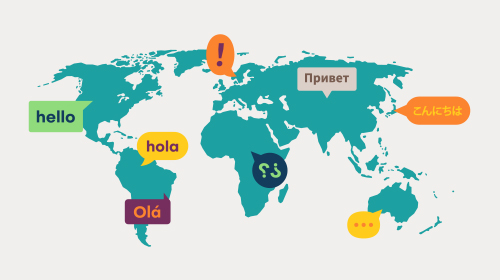That means that the good will be free to circulate without the need for further agreement of the patent owner for those subsequent sales. This doctrine, known as the “first-sale doctrine”, is useful in order not to overburden future buyers with excessive requirements which would be difficult, if not impossible, to meet.
If the market in question that the good is free to circulate in without the need for approval from the patent owner is the whole world, a region or a country depends on whether the country to which the good is being imported into has adopted an exhaustion regime that is international, regional or national. Countries that adopt an international exhaustion regime consider that once a product has been put into a market anywhere in the world, that product will be free to circulate anywhere in the world. In such a regime, the importation into the country of a patented product from another country where the same good is available at a cheaper price cannot be prevented because the rights of the owner of the patent to control the circulation anywhere in the world is said to be exhausted. To refer to the example above, if country A adopted international exhaustion, it will be possible to import the patented vacuum cleaner from country B, where it is available at USD 50.
On the other hand, under a national exhaustion regime, the rights of the patent owner to control the circulation of the patented article are exhausted only in the domestic market where the patented product has been marketed. That is, the good can circulate in the domestic market and the patent owner cannot control the subsequent sales of that product. However, their rights remain with respect to goods that are marketed elsewhere and sought to be imported into the domestic market. Therefore, if country A adopts a national exhaustion regime the patent owner can, based on the right of importation inherent in the patent right, prevent the entry into country A of the vacuum cleaner marketed in country B. Finally, a regional exhaustion regime allows the free circulation of a good protected by a patent or other industrial property right once it has been put in the market of a country member of a regional trade jurisdiction (for example, the European Union).

